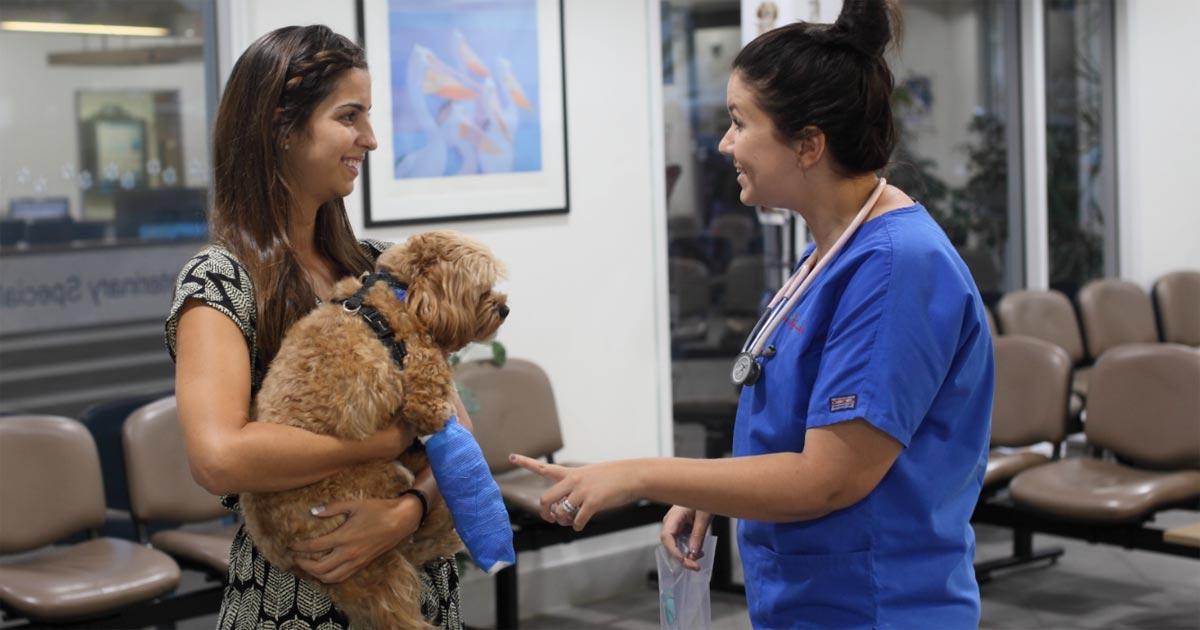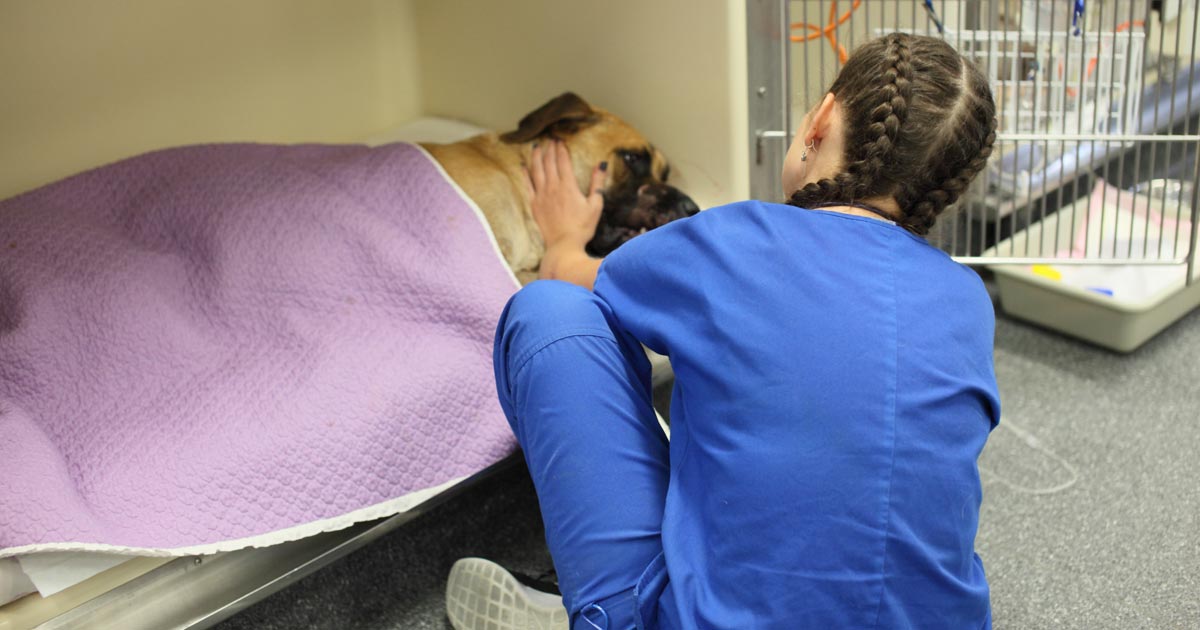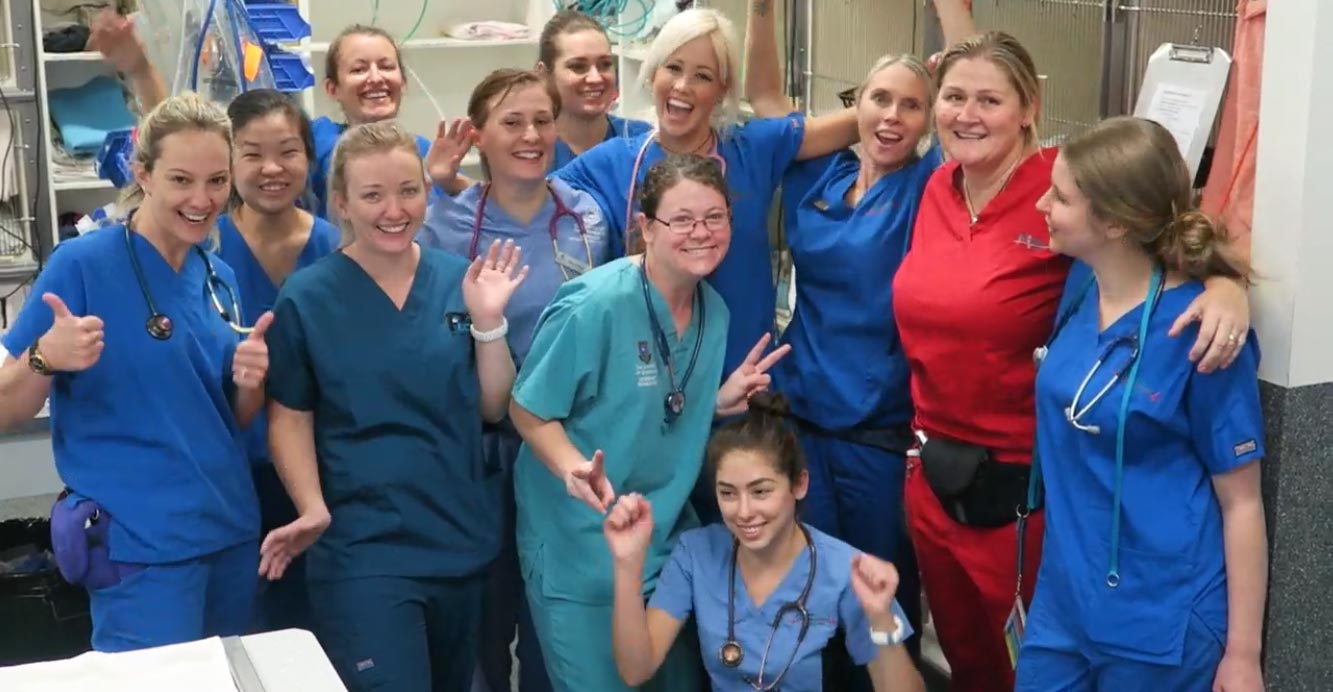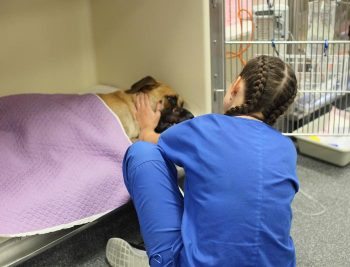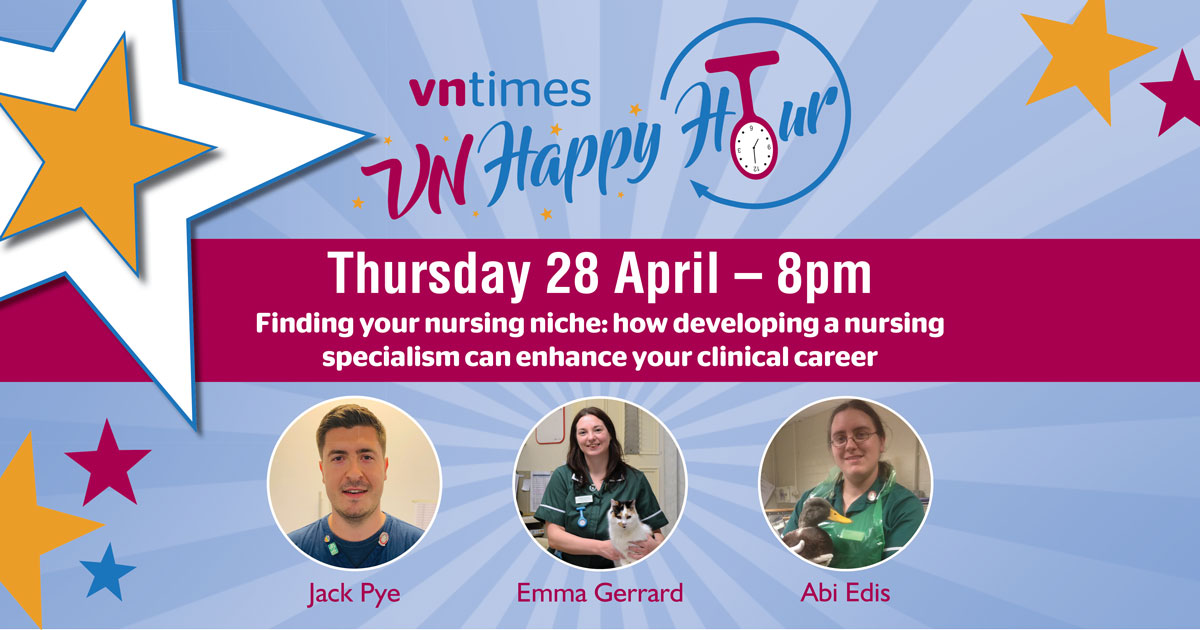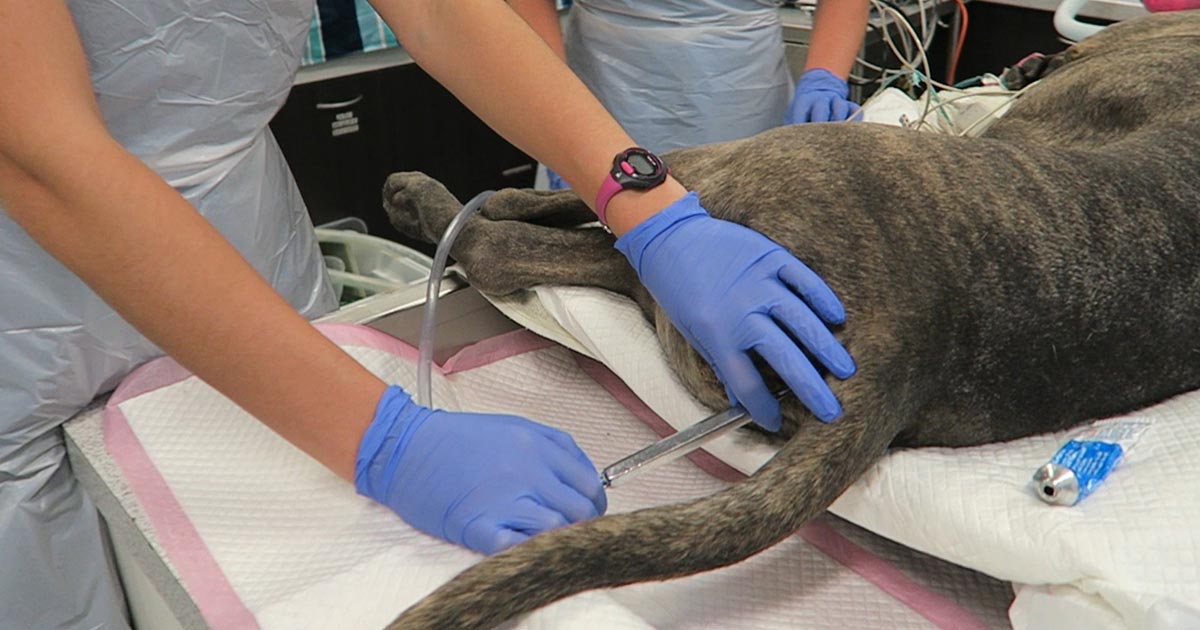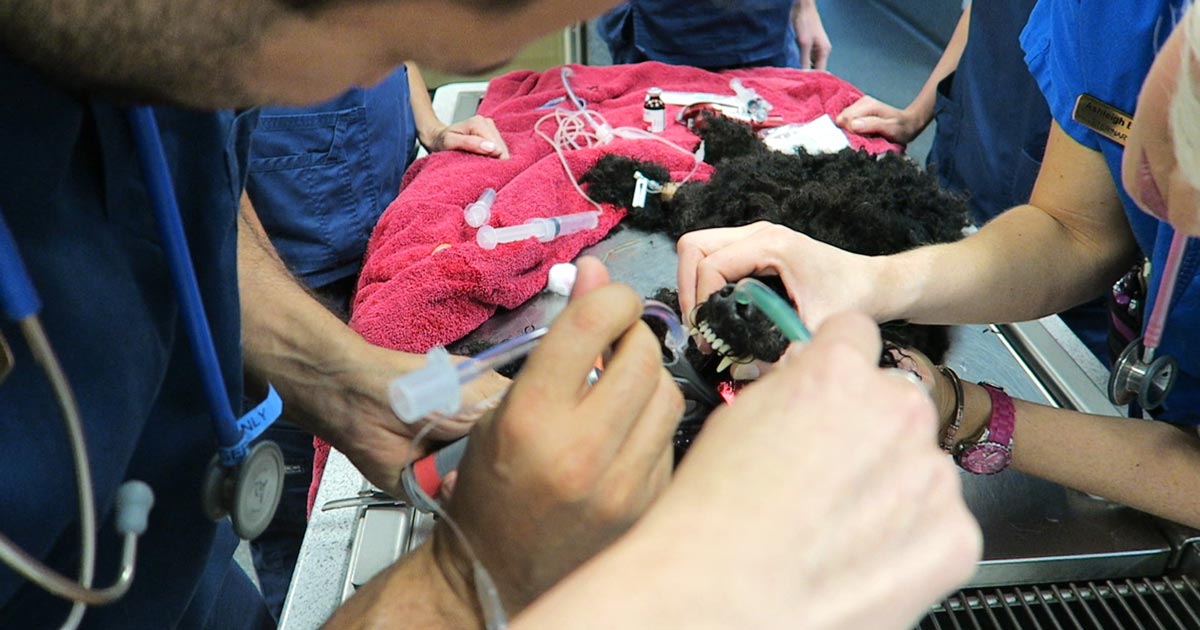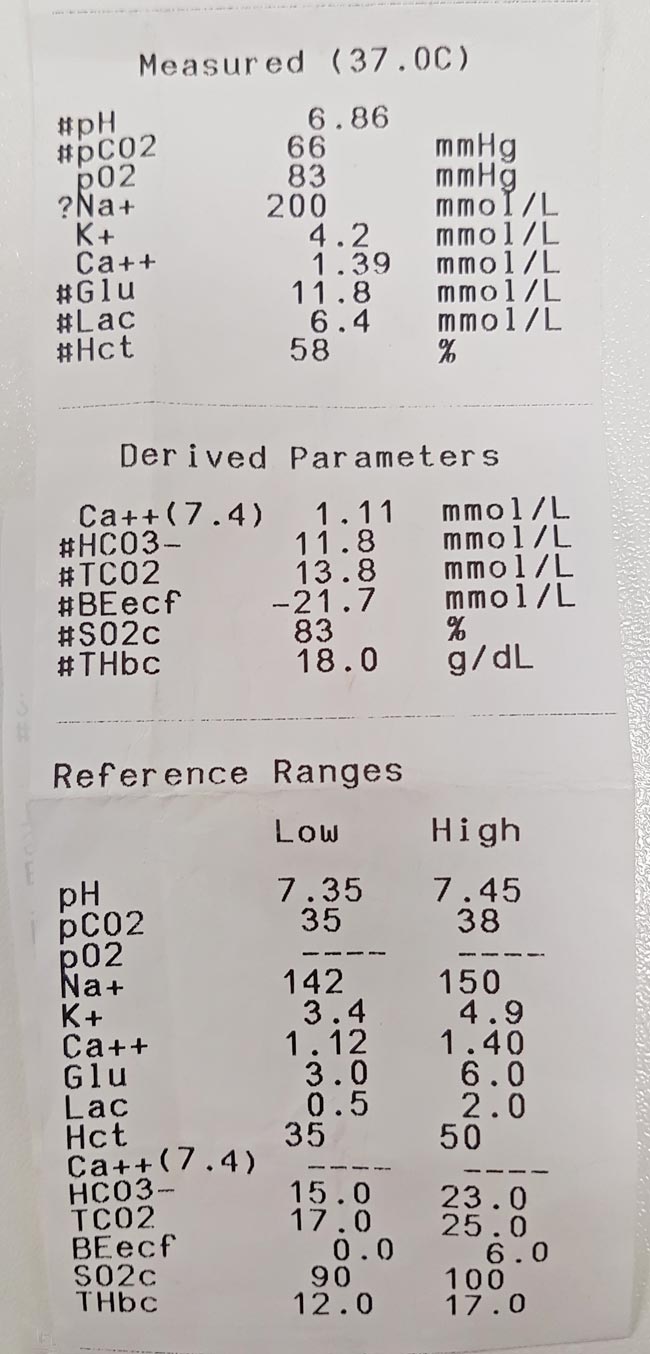While we know nurses join the veterinary profession for their love of animals, there is so much more to their job description. Veterinary nurses wear many hats covering so many important roles within the clinic.
As with veterinarians, client communication is a vital component of their job and can often be one of the most challenging.
Conveying compassion
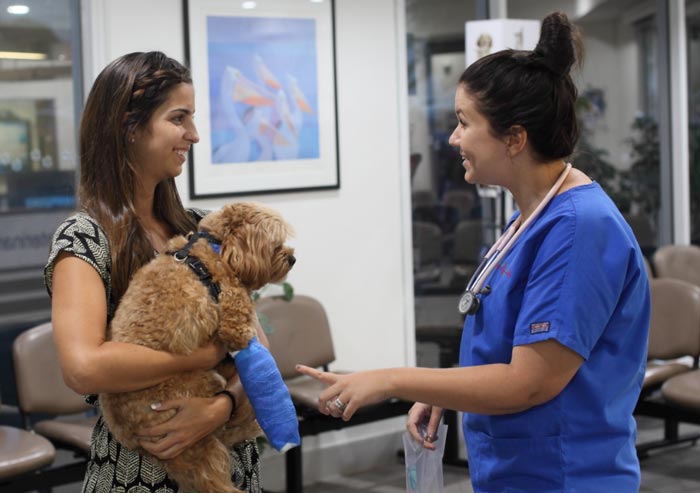
One thing I have learned to appreciate about nurses is their endless supply of compassion for their patients. Having the ability to convey this compassion to an owner is a sure-fire way to develop a positive relationship, which is the veterinary dream.
Admitting a beloved pet to hospital can be a stressful time for owners. They don’t understand what happens behind the scenes, they just know their pride-and-joy is disappearing into the unknown with someone they have likely never met.
Owners have a tendency to ask nurses questions they were either too shy to ask the vet, or too overwhelmed to remember to ask during their consultation, so I decided to ask the nurses at Animal Emergency Service how they reassure our clients during the admission process.
Offering reassurance
Here are some tips our nurses find useful when dealing with clients:
- Introduce yourself and let them know their pet is in exceptional hands.
- Know the pet’s name and why it is at the hospital.
- Understand the procedures their pet is undergoing while in your care.
- Let them know they are welcome to call and you will be happy to inform them how their pet is getting on while in hospital.
- Never tell them everything will be fine. You can never be sure with medical procedures, but reassure them they are in the best hands possible – their pet is being treated as if it was your own pet in hospital.
- Make them feel their pet is special. Most clients are under the impression their pet is the only patient in the hospital and is essentially the most important pet you’re dealing with that day.
Let owners know their furry friend is comfortable and relaxed in hospital, and receiving an abundance of love. Happy patients make for happy clients and if anyone can reassure an owner his or her pet is receiving the love it deserves, it’s a warm-hearted nurse – just another reason nurses are known as the hearts of our clinics.
